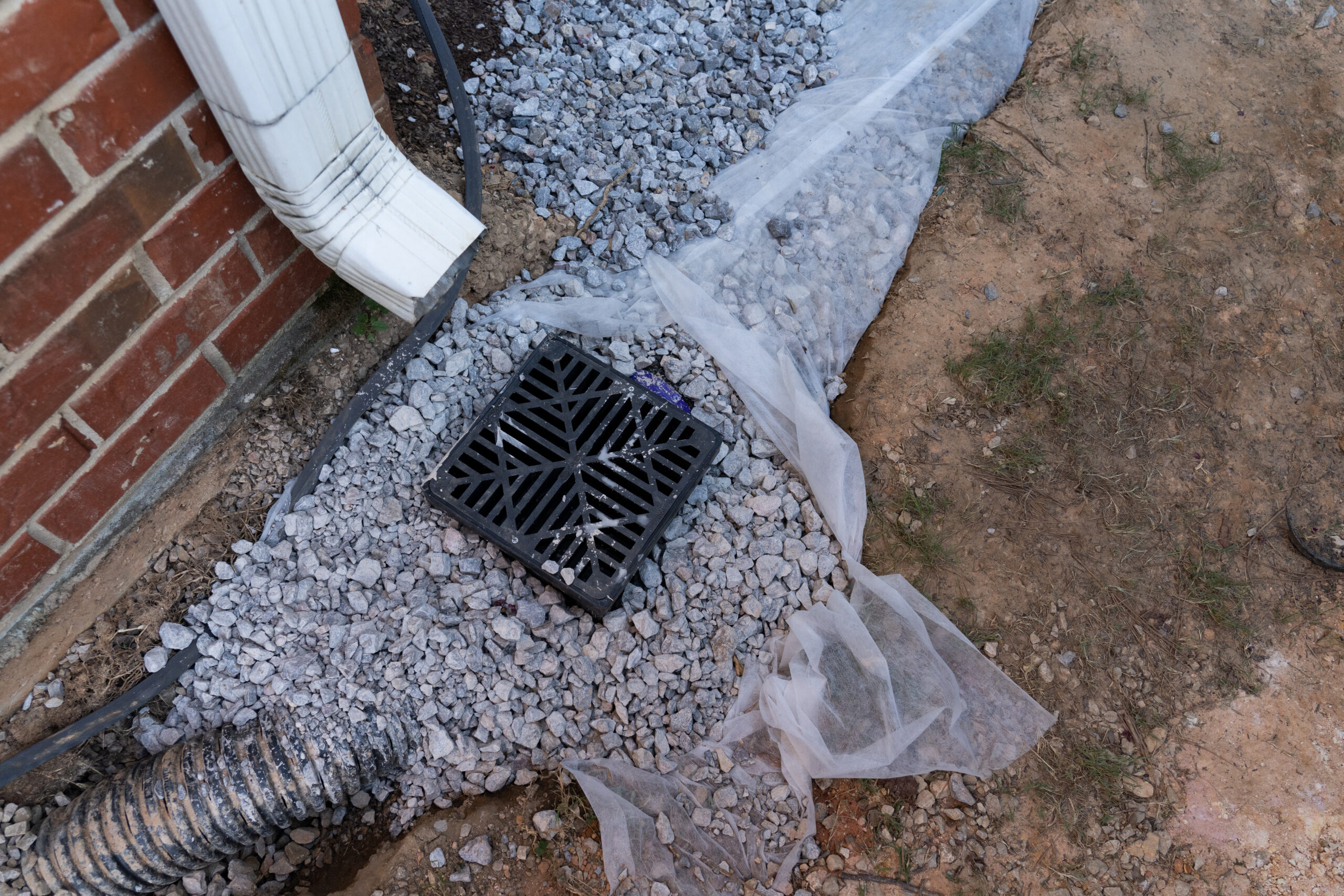Are you in the process of building a foundation?
If you are, then it’s a fair assumption that you want your foundation to last more than a few years.
But how do you ensure that? How do you make sure that your foundation can support your building for many years to come? There are many answers to that question, but for the sake of your time, we should discuss the most notable one.
Drainage.
Drainage is important, to say the absolute least. You’re most likely already aware of that, but there are three major reasons that we say it’s important here.
- If we’re talking about the foundation of a home, then the occupant will, of course, want to stay dry and not have to worry about water damage constantly.
- If the soil that the foundation is set upon is jumping between moisture levels, that could lead to settlement, heave or other differential movements.
- Finally, drains are required by the building code.
Now, taking all three of those into account, along with your peace of mind, let’s talk about several things that you must remember during this process.
6 Important Things To Consider for Foundation Drainage
Moisture
Here’s what you need to know about moisture. There are two zones of subterranean moisture.
- The aeration zone, where water and air settle.
- Then there’s the saturation zone, which is essentially everything below the water table.
Now, we don’t have to concern ourselves with the saturation zone. It rarely presents an issue in residential construction where the main focus is on soil moisture levels. As we said, you want the moisture level to be stable to prevent any settlement. However, in the aeration zone lies oxygen, which can influence the corrosion rate of metal objects buried underground– not something that you want for foundations. So, the important things that we’ll consider below can reduce the risk of the aeration zone affecting your building materials.
Code Requirements
This is another major hurdle that you must meet. Codes and regulations are designed to ensure safe construction, so while they can be a hassle to meet in some circumstances, they are essential nonetheless.
IRC, or the International Residential Code, requires that drains be around all concrete or masonry foundations that retain earth and enclose usable or habitable spaces below grade (below the ground level).
They also provide specific details on what kind of drains are sufficient. But also point out that very well-drained soils are an exception, along with sand or gravel mixtures that don’t require much drainage.
Surface Drainage
It’s all about controlling the moisture level in the soil, and what can have a heavy impact on those levels is water on the surface. So, you must ensure that water can drain away on the surface.
A simple solution, especially during construction, is to have a slope leading away from the house. The sweet spot for this slope is around ½ to one inch per every foot and going around 10 feet.
You should also consult a masonry professional to discuss your subsurface drainage as it’s as important, if not more.
Trees
Trees can be a slow killer to many foundations, they’re very opportunistic by nature, and as a result, they’ll happily grow into your foundation over many years without an issue. Well, at least no issue for them.
So you need to take steps to prevent them from getting the chance. The U.S. Department of Housing and Urban Development has said that trees should be planted no closer to the foundation than the height they’ll grow to.
That prevents tree roots from filling perimeter drains and keeps the tree from sucking all the water from the soil, which could lead to settlement or the other differential movements that we mentioned.
Drainage Boards
These are particularly important when it comes to areas that experience heavy rainfall. These boards are used to drain off the water to the perimeter drain by installing them on a concrete foundation wall. This prevents the possible buildup of hydrostatic pressure next to the wall.
Do It Right in the First Place
Finally, you need to do it the correct way, the first time around. If you slack in one area or don’t do your research, it could easily lead to disaster down the road. We’re sure that you don’t want that, so be sure that you take all of these tips into consideration and that you have all your ducks in a row before you start.
Now, for our final advice, call a professional. If you want a job done right, you know to call in the people who have been doing it right for years and years.
At Ray Arnold Masonry, we are those people. We have the experience and knowledge of 70 years in business to ensure the drainage around your foundation is properly done. If that sounds good to you, then we’re happy to help.
Contact Ray Arnold Masonry today for all your masonry needs.

